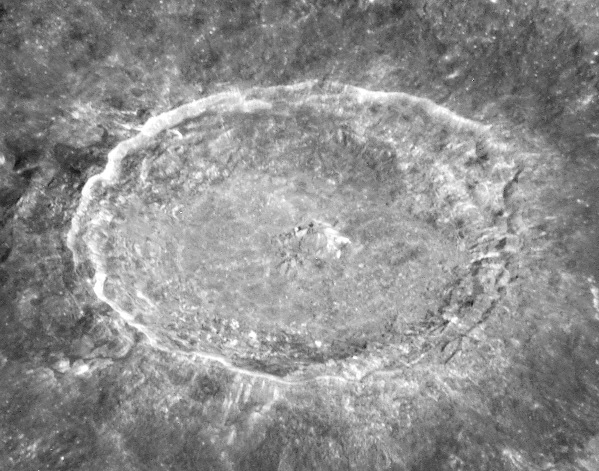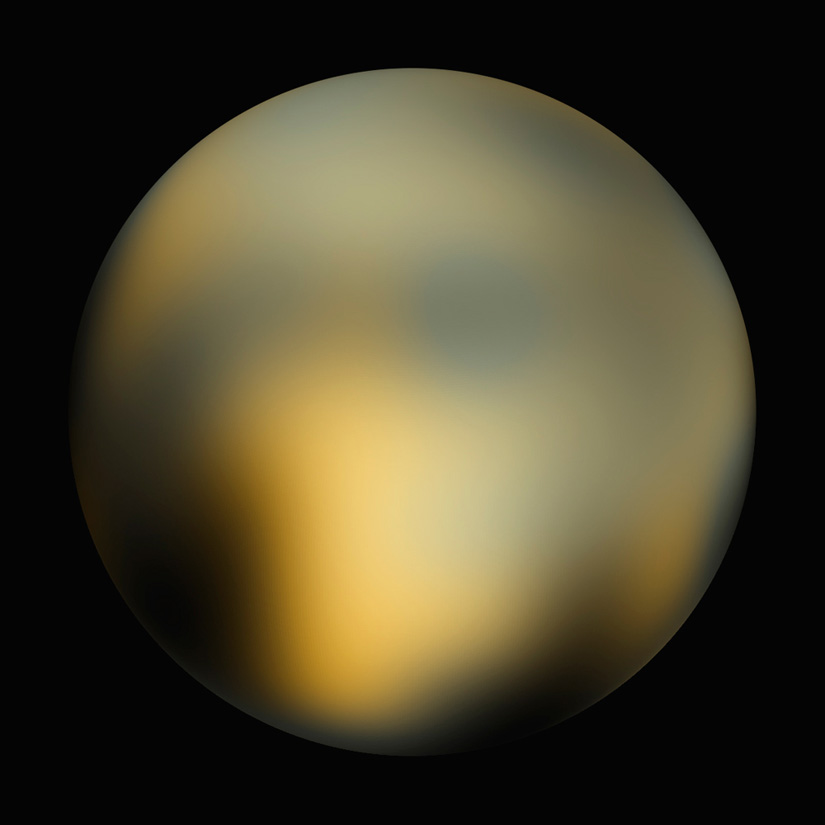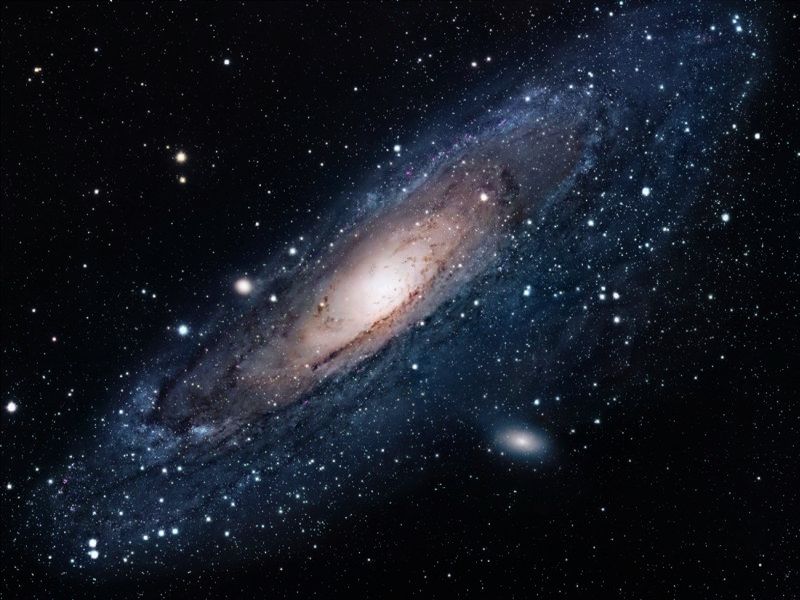It looks like you're using an Ad Blocker.
Please white-list or disable AboveTopSecret.com in your ad-blocking tool.
Thank you.
Some features of ATS will be disabled while you continue to use an ad-blocker.
share:
a reply to: eriktheawful
i've been looking for this since MONTHS! I remember i used that years ago but now didnt know how to find it again! i've been searching like MOON GIGAPAN GIGAPIXEL GIGAWHATEVER on google but all i could found was this crappy thing:
gigapan.com...
or that other NORTH POLE gigapixel thing. I started to think that they removed the one u posted but i was wrong...thank u thank u!!!!!!!!!!!!!!!!!!!
edit: look what i found:
i.imgur.com...
i've been looking for this since MONTHS! I remember i used that years ago but now didnt know how to find it again! i've been searching like MOON GIGAPAN GIGAPIXEL GIGAWHATEVER on google but all i could found was this crappy thing:
gigapan.com...
or that other NORTH POLE gigapixel thing. I started to think that they removed the one u posted but i was wrong...thank u thank u!!!!!!!!!!!!!!!!!!!
edit: look what i found:
i.imgur.com...
edit on 25-6-2015 by egidio88 because: (no reason given)
Excellent OP, but a few nitpicks:
That's not a Hubble picture of Tycho. You can tell because we can't look straight down on that crater from Earth. Also, the resolution in that picture is too good. I think that's from the Kaguya data. Here is a Hubble image of Tycho:

(Rotated & cropped) Full resolution available here
As SGiP has already pointed-out, that's not an actual picture, but rather a computer-generated image from a massive amount of data. Here is a Hubble image of Pluto & Charon:

Full resolution available here
Earlier, you wrote:
Y'wanna try that math again, cowboy?

Link
Hubble Image of Tycho Crater On The Moon:
That's not a Hubble picture of Tycho. You can tell because we can't look straight down on that crater from Earth. Also, the resolution in that picture is too good. I think that's from the Kaguya data. Here is a Hubble image of Tycho:

(Rotated & cropped) Full resolution available here
So what about Pluto?
Pluto's Angular Diameter when it's closest to Earth is only 0.115 arcseconds. That's small. VERY small! With a diameter of only 2368 kilometers and the closest it gets to Earth being 2.66 BILLION miles, that's very small, and very far away. So it's no wonder its largest angular diameter is only 0.115 arcseconds.
So....what's the biggest thing Hubble can see on Pluto?
2368 km / 0.115 arcseconds = 20594 km. That's how big 1 arc second is looking at the distance of Pluto and its size. So:
20594 km x 0.05 arcseconds = 1029.56 km. That's almost half the size of the planet itself!
So, as you can see, even as powerful as Hubble is with its Angular Resolution, Pluto is just too small and at such a great distance for Hubble to make out anything of real detail.
Hubble Image Of Pluto:
As SGiP has already pointed-out, that's not an actual picture, but rather a computer-generated image from a massive amount of data. Here is a Hubble image of Pluto & Charon:

Full resolution available here
So why can Hubble give us such detailed images of say, the Andromeda Galaxy? It's around 2.5 million light-years away!
Hubble Image Of Andromeda:
Yes, it is that far away. But it's big. Very big! It's 220,000 light-years wide! As a matter of fact, its angular diameter in our sky is 3 degrees! It's actually 1.5 times bigger in our sky than the full moon!
Earlier, you wrote:
... a full moon covers about 1/2 a degree of our sky...
Y'wanna try that math again, cowboy?

Link
edit on 25-6-2015 by Saint Exupery because: formatting errors
a reply to: Saint Exupery
Daggnabbit!
What I get for trusting Google Image to find me a good Hubble pic of the moon.
I was wondering about that image.
I've exchanged it for yours and have given you credit for it in the OP.
Yah.......6 IS bigger than 1.5, isn't it? What I get for rushing my math.
I'm leaving the Pluto image, but I'll add that it's computer enhanced.
Daggnabbit!
What I get for trusting Google Image to find me a good Hubble pic of the moon.
I was wondering about that image.
I've exchanged it for yours and have given you credit for it in the OP.
Yah.......6 IS bigger than 1.5, isn't it? What I get for rushing my math.
I'm leaving the Pluto image, but I'll add that it's computer enhanced.
a reply to: eriktheawful
Lol. Even with a few minor errors, it's still a fantastic, informative thread.
Lol. Even with a few minor errors, it's still a fantastic, informative thread.
originally posted by: admirethedistance
a reply to: eriktheawful
Lol. Even with a few minor errors, it's still a fantastic, informative thread.
Yes! The picking of nits aside, lots of good information.
Nicely, nicely done.
Very informative. Even a scientifically challenged person such as myself can understand it.
Very informative. Even a scientifically challenged person such as myself can understand it.
a reply to: eriktheawful
I have often wondered that myself.
Brushing it off, I always assumed it was
a focal point issue.
Similar to trying to attempt macro focusing
with a telephoto lens.
I never bothered to research it though.
Ignorance is Bliss.
Great Thread and Informatively well written ,S&F
I have often wondered that myself.
Brushing it off, I always assumed it was
a focal point issue.
Similar to trying to attempt macro focusing
with a telephoto lens.
I never bothered to research it though.
Ignorance is Bliss.
Great Thread and Informatively well written ,S&F
edit on 25-6-2015 by Wildmanimal because: add content
a reply to: Saint Exupery
Good to see folks like you
and the OP on ATS.
Really adds value and interest
to this site as far as I am concerned.
Good to see folks like you
and the OP on ATS.
Really adds value and interest
to this site as far as I am concerned.
a reply to: eriktheawful
Best post to a site like ATS that I've seen in over a year. Thanks and keep it up!
Best post to a site like ATS that I've seen in over a year. Thanks and keep it up!
Eric may I ask you. Why don't they design a space telescope specifically for looking at the surface s of Moon and Mars ?
a reply to: MasterKaman
Because we already know everything there is to know about moon and mars. There is nothing there but rocks... / end sarc
Anyway...good thread Erik. Ive been lookin for more Tycho crater pics...and this thread provided some.
You might wanna make a more cartoonish presentation for us rednecks...i started reading...than i realized i had to look up too many scientific terms to grasp the explanation fully. I guess my attention span is rather low
I hate that. Sometimes I need to read a sentence a few times for its meaning to sink in. Its rather discouraging in longer OPs.
Because we already know everything there is to know about moon and mars. There is nothing there but rocks... / end sarc
Anyway...good thread Erik. Ive been lookin for more Tycho crater pics...and this thread provided some.
You might wanna make a more cartoonish presentation for us rednecks...i started reading...than i realized i had to look up too many scientific terms to grasp the explanation fully. I guess my attention span is rather low
I hate that. Sometimes I need to read a sentence a few times for its meaning to sink in. Its rather discouraging in longer OPs.
Mod Edit
edit on 6/26/2015 by semperfortis because: (no reason given)
a reply to: eriktheawful
People like you are needed to make us aware. Thank you.
Authorities say: ‘No need to focus on the moon’ because of blablabla.
Don’t believe them. They are lying … and maybe they are doing that for the right reasons.
If we had to believe authorities we know almost nothing (in a matter of speaking) about our moon so why not focusing on it?
I believe the moon hides too many secrets to us. (Not to the real leaders of this world.) And we are not ready to know those secrets. It would turn the world upside down.
Read the next links if you want to and you will understand what I mean.
www.evawaseerst.be...
www.evawaseerst.be...
People like you are needed to make us aware. Thank you.
Authorities say: ‘No need to focus on the moon’ because of blablabla.
Don’t believe them. They are lying … and maybe they are doing that for the right reasons.
If we had to believe authorities we know almost nothing (in a matter of speaking) about our moon so why not focusing on it?
I believe the moon hides too many secrets to us. (Not to the real leaders of this world.) And we are not ready to know those secrets. It would turn the world upside down.
Read the next links if you want to and you will understand what I mean.
www.evawaseerst.be...
www.evawaseerst.be...
Good thread erik and this has been explained many times on the Moon landing threads.
It's easier to send probes Mars has the Mars Reconnaissance Orbiter the Moon has the Lunar Reconnaissance Orbiter they have images at down to 0.25 mtr
/ pixel Google Earth images are 0.5 mtr per pixel.
The Hubble with its 8 foot mirror can only resolve objects around 300 feet across on the Moon imagine how big the mirror would have to be to match the probes above.
reply to: MasterKaman
The Hubble with its 8 foot mirror can only resolve objects around 300 feet across on the Moon imagine how big the mirror would have to be to match the probes above.
reply to: MasterKaman
You just laid out a lot of information in a very easy to follow manner. Thank you!
Great thread, starred and flagged.
My personal parallel when someone asks "why can Hubble see galaxies but can't see the Apollo landing sites" is "for the same reason you can see a mountain from many miles away, but can't see an ant from across the street."
Many people also probably don't realise that many deep-sky objects (like nebulae and some galaxies) are approximately as large as the full moon as seen from Earth. The Orion Nebula in the OP's image, for example.
My personal parallel when someone asks "why can Hubble see galaxies but can't see the Apollo landing sites" is "for the same reason you can see a mountain from many miles away, but can't see an ant from across the street."
Many people also probably don't realise that many deep-sky objects (like nebulae and some galaxies) are approximately as large as the full moon as seen from Earth. The Orion Nebula in the OP's image, for example.
originally posted by: MasterKaman
Eric may I ask you. Why don't they design a space telescope specifically for looking at the surface s of Moon and Mars ?
There is a couple of reasons.
As wmd_2008 said, we can send probes to the Moon easily as it only takes less than a week to get there, and place them in low orbit, with their own smaller telescopes and camera, like the LROC we have there now, and they are able to give us incredible detail, down to 0.5 meters. Mars, it's the same idea, we can get a probe there in under a year.
A Earth or even a space bound telescope has several limitations. You can easily move a probe around that is in orbit of the thing you want to look at, and see just about everything. Telescopes here on Earth and Hubble (even though it's in orbit about the Earth), will have a limited view, like the Moon and how we only see one side of it.
The other problem is: Size of the telescope. In order to get more and more resolution, you have to make bigger and bigger telescopes. It's because of Dawe's Limit I spoke of in my OP.
If you want to see something that is only 1 meter wide on the moon, you would need to build a telescope that gives you an angular resolution of around 0.0005.
That means, you'd need to make a telescope with a primary mirror that is around 232 meters! That's 761 feet wide!
The largest telescope in the world right now is the Gran Telescopio Canarias in Spain, who's primary measures at 10.4 meters (and is actually made up of many other mirrors). It's resolution is around 0.0114, so better than Hubble's, but it's also land based and in the Northern hemisphere so it's field of view is limited (IE it can't see a lot of things that are in the southern hemisphere's sky).
Even if we built a telescope that had a primary mirror(s) that had a 232 meter diameter, while we'd get 1 meter of resolution for the Moon, the smallest thing it could see on Mars would have to be at least 134 meters big. And of course the further out you go, the bigger that number gets.
So telescopes are great tools, but they have their limitations, and you reach a point where it's actually easier and costs less to send a probe with a camera. Even though it's taken so long to get to Pluto, that's what New Horizons is going to do for us in just a couple of weeks when it does it's fly by of Pluto.
There is a planned building of the 30 meter telescope in Hawaii, which would have a resolution of 0.0038, which is very good and would be able to see things down to around 7.3 meters on the Moon....IF they can get it built as there are protests keeping it from happening.
edit on 6/26/2015 by eriktheawful because: (no reason given)
new topics
-
Sorry to disappoint you but...
US Political Madness: 1 hours ago -
Watch as a 12 million years old Crab Emerges from a Rock
Ancient & Lost Civilizations: 5 hours ago -
ILLUMINATION: Dimensions / Degrees – Da Vincis Last Supper And The Philosophers Stone
Secret Societies: 11 hours ago
top topics
-
Speaking of Pandemics
General Conspiracies: 14 hours ago, 9 flags -
ILLUMINATION: Dimensions / Degrees – Da Vincis Last Supper And The Philosophers Stone
Secret Societies: 11 hours ago, 9 flags -
Watch as a 12 million years old Crab Emerges from a Rock
Ancient & Lost Civilizations: 5 hours ago, 9 flags -
Just Sick of It! Done! Can't take it anymore!
General Chit Chat: 13 hours ago, 8 flags -
Stuck Farmer And His Queue Jumping Spawn
Rant: 14 hours ago, 4 flags -
Sorry to disappoint you but...
US Political Madness: 1 hours ago, 4 flags
active topics
-
-@TH3WH17ERABB17- -Q- ---TIME TO SHOW THE WORLD--- -Part- --44--
Dissecting Disinformation • 3945 • : WeMustCare -
Joe Biden gives the USA's Highest Civilian Honor Award to Hillary Clinton and George Soros.
US Political Madness • 43 • : WeMustCare -
Sorry to disappoint you but...
US Political Madness • 5 • : nugget1 -
Just Sick of It! Done! Can't take it anymore!
General Chit Chat • 14 • : Flyingclaydisk -
What Is 'Quad Demic'? Mask Mandate Returns In These US States
Diseases and Pandemics • 38 • : NorthOS -
Musk calls on King Charles III to dissolve Parliament over Oldham sex grooming gangs
Mainstream News • 176 • : cherokeetroy -
Winter Storm
Fragile Earth • 32 • : Irishhaf -
Vehicle Strikes people in New Orleans
Mainstream News • 300 • : Oldcarpy2 -
DONALD J. TRUMP - TIME's Most Extraordinary Person of the Year 2024.
Mainstream News • 61 • : Oldcarpy2 -
Candidate Harris Supporter MARK CUBAN Says Trump Has No Smart-Intelligent Women in His Orbit.
2024 Elections • 88 • : Oldcarpy2



